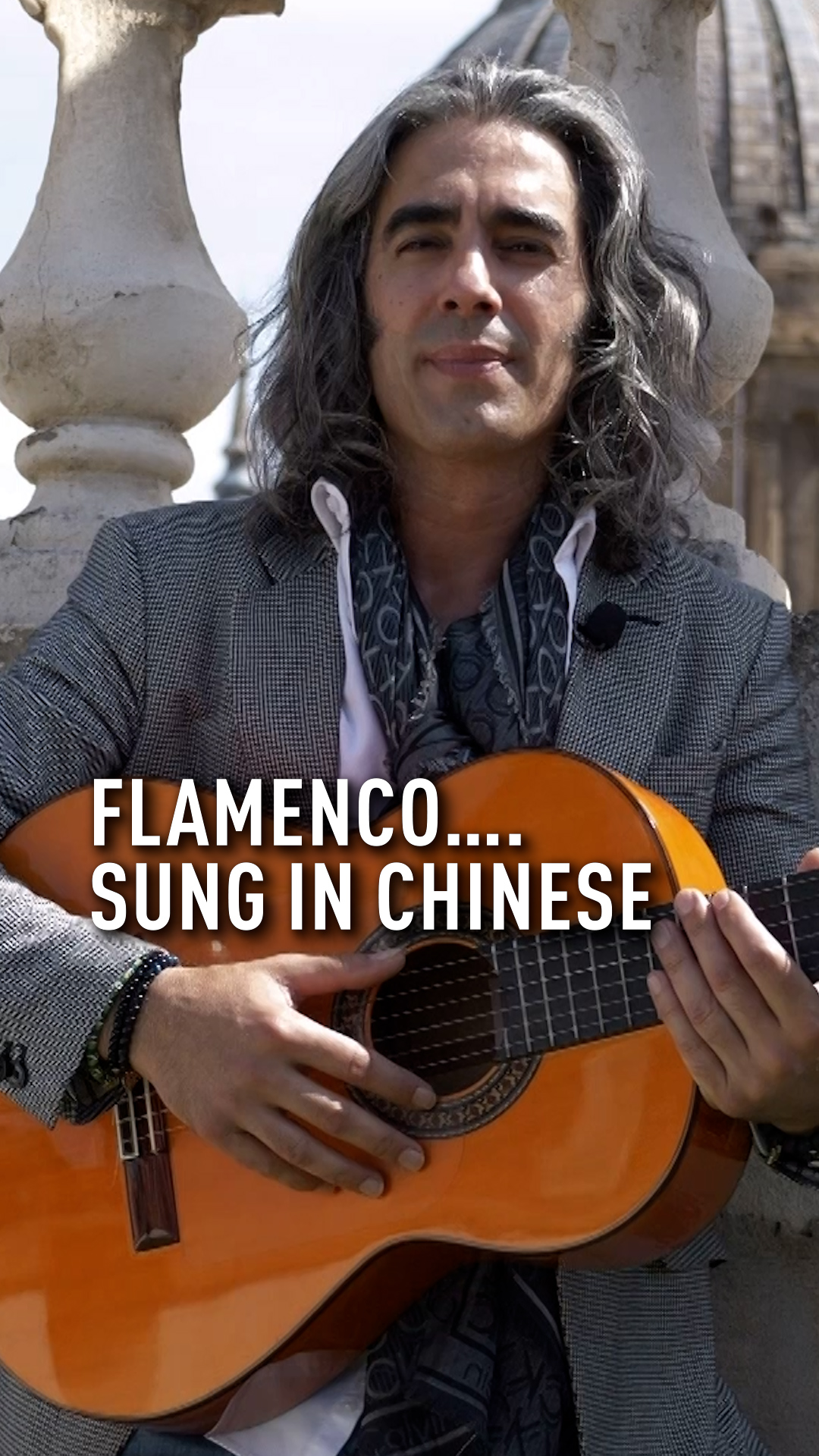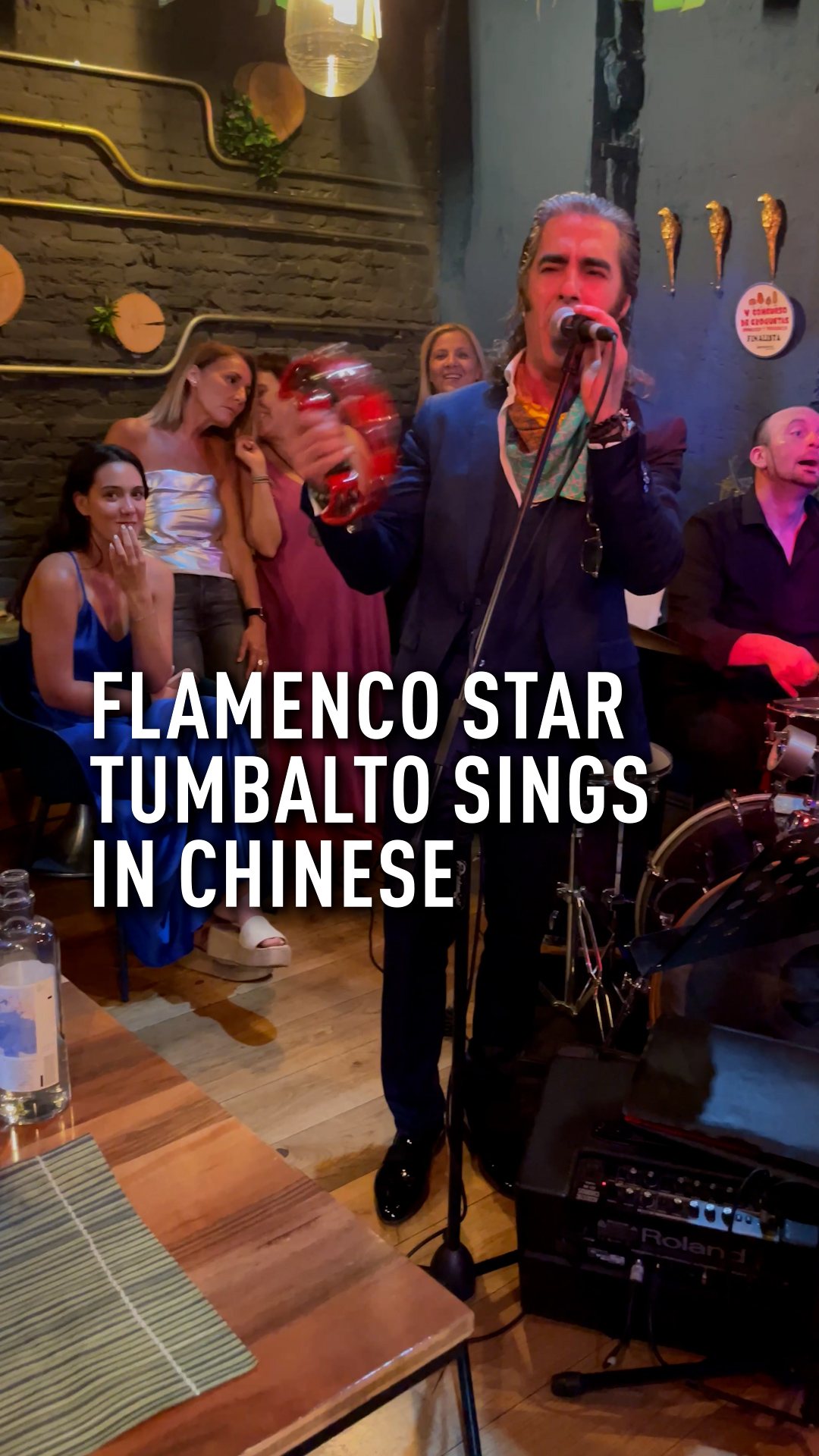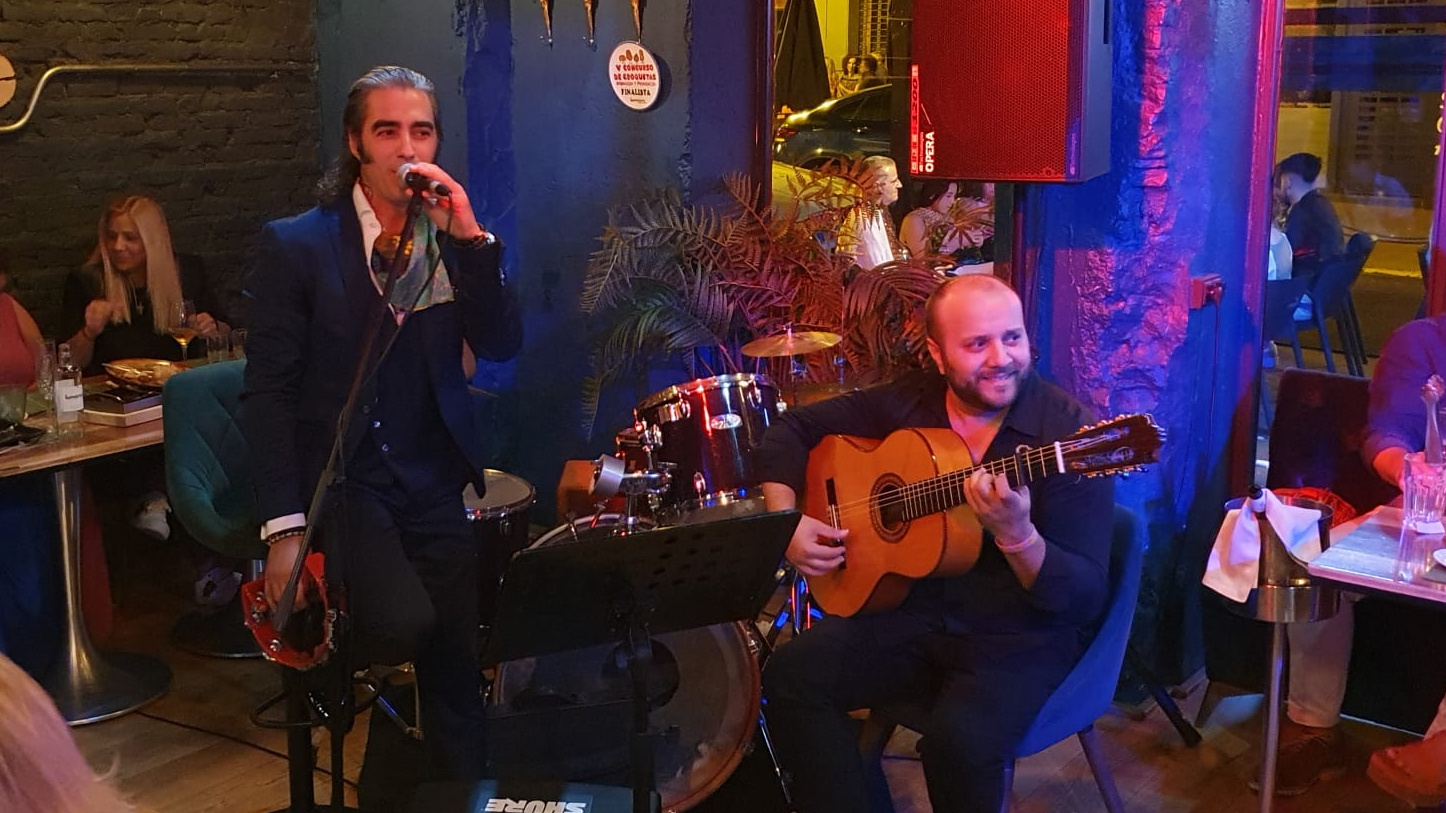01:25

"Flamenco is feeling, flamenco is living, a way of breathing, expressing yourself. And to express myself, why not return to China and bring my flamenco and share it with these great fans and their great culture."
When Alejandro Sanchez - or 'Tumbaíto' as he's known on stage - translated the Gypsy Kings classic 'Volaré' into Spanish in 2016, little did he expect such a response.
International headlines, his own music video, and offers to tour China came in waves faster than notes streaming from his guitar.
"It was incredible," he told CGTN Europe in his hometown of Zaragoza. "A great reception and the Chinese really valued the work we put into this adaptation of a Mediterranean theme like 'Volaré' and to translate it into a universal language like Mandarin.
00:59

"It wasn't easy and the song was welcomed in China and by Chinese people all over world with open arms."
An international festival in Yiwu was treated to his mandarin lyrics, and 'El Tumbaíto' also played in Shenzhen, Guangzhou, and Shanghai.
A powerful medium that dates back centuries
The COVID pandemic cut short plans to stoke the fires of a rising Chinese passion for flamenco.
The centuries-old art form that many source back to the Roma people - a nomadic ethnic group also known as Gypsies, who created a powerful medium of personal expression that told stories of grief, loss, pain, social exclusion, but also of love, longing and hope.
What began as a distinctly Spanish passion became a global phenomenon thanks to expressions like the opera 'Carmen' and legendary artists like Camarón, Niña Pastori, The Gypsy Kings, 'La Niña de los Peines', and Paco de Lucia.
In 2019 flamenco performance spaces and dance classes were proliferating across China, workshops sprung up in bigger cities like Beijing, Shanghai, Hong Kong and Taipei, and flamenco studios became common in cities like Nanjing, Xi'an, Changsha, and Chengdu.

El Tumbaíton performs in Zaragoza. /Ken Browne/CGTN
El Tumbaíton performs in Zaragoza. /Ken Browne/CGTN
Dreams on hold
El Tumbaíto's Chinese song was perfectly timed with the rising interest in Spain's symbolic art of motion and music, but suddenly life was on pause.
"With the pandemic, everything stopped, it left lots of projects up in the air and dreams on hold,” Sanchez added.
But with a characteristic smile he tells of upcoming plans to pick up where he left off.
"We are excited to getting back to China, and hopefully soon," he said with a wink.
READ MORE
¡Ole! Flamenco dancing - a magical night in Madrid
Flamenco dancing starts Chengdu Europe Culture Season
Spanish Flamenco 'in danger of dying out' amid COVID
Dressed in a marine-blue patterned suit and a flamboyant handkerchief around his neck, 'El Tumbaíto' is ready to play a special gig at the Bunkerbar in Zaragoza.
Sanchez sings with his band and the party starts as people get up to dance flamenco and 'sevillanas,' a truly Spanish spectacle.
We met Monica Wang here, who's with her mother to see Tumbaíto play. In fact, they have been going to every performance of his they can, and haven't missed a gig in years.
"My uncle introduced us at his restaurant, and he just immediately became a brother," beamed Monica.
"With us Chinese, the people we love become like family. Ever since that day we have been brother and sister. Chinese people really appreciate and value flamenco, Spanish music, painting and art in general.
"I think that helps both cultures to get closer because we do have similarities like our strong sense of family for example.”
Connections made through Sanchez's willingness to help another culture understand the flamenco he loves. Soon to be back on a much bigger stage in China.

Subscribe to Storyboard: A weekly newsletter bringing you the best of CGTN every Friday